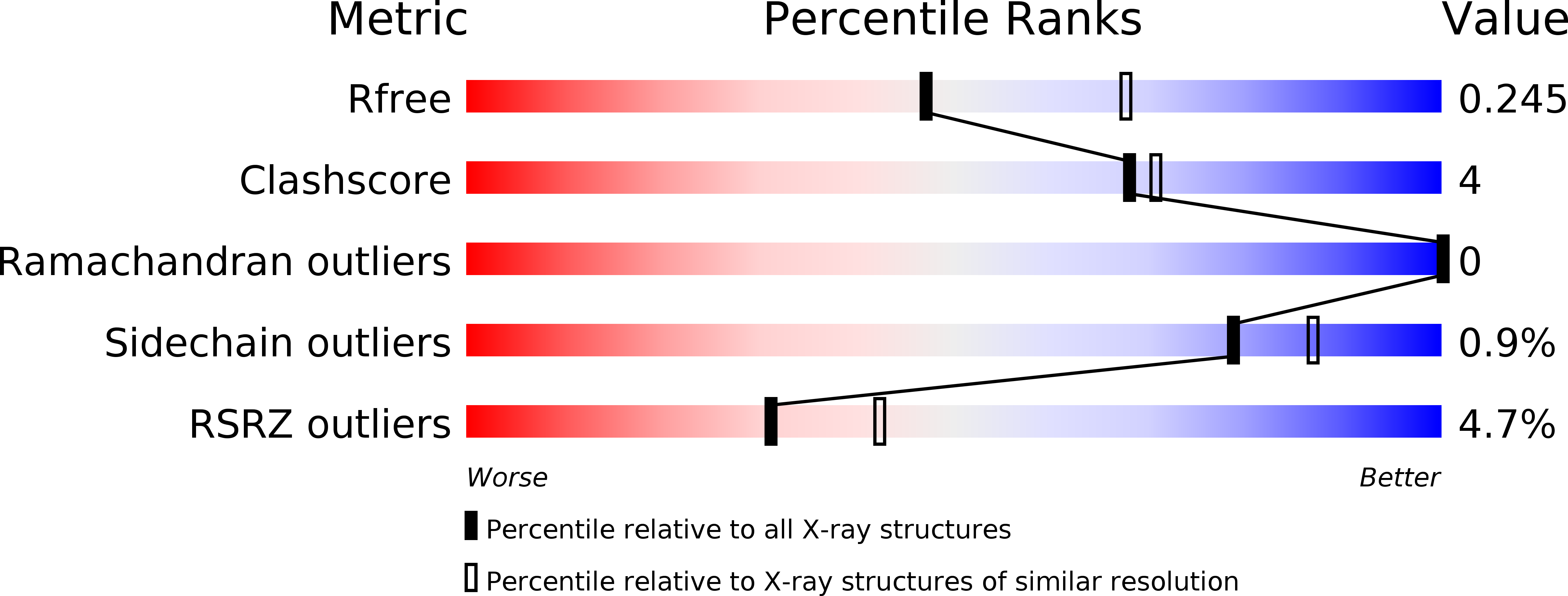
Deposition Date
2019-09-04
Release Date
2020-02-19
Last Version Date
2023-10-11
Entry Detail
PDB ID:
6U81
Keywords:
Title:
Crystal Structure of the Double Homeodomain of DUX4 in Complex with a DNA aptamer
Biological Source:
Source Organism:
Homo sapiens (Taxon ID: 9606)
Host Organism:
Method Details:
Experimental Method:
Resolution:
2.34 Å
R-Value Free:
0.24
R-Value Work:
0.21
R-Value Observed:
0.21
Space Group:
C 2 2 21


